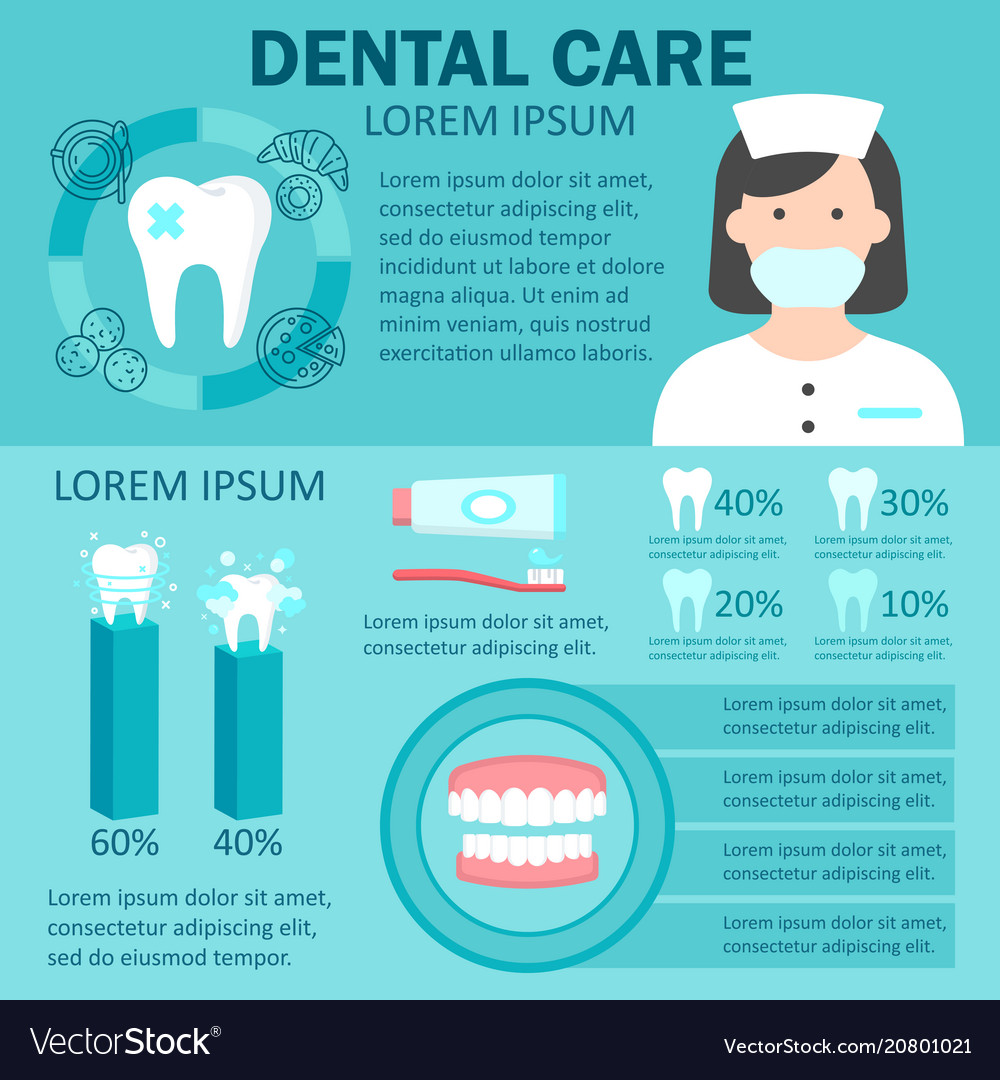The Evolution Of Dental Surgery: Arising Innovations And Advancements Changing The Technique
The Evolution Of Dental Surgery: Arising Innovations And Advancements Changing The Technique
Blog Article
Article Writer-Petersson Jonasson
Welcome to the globe of oral surgery, where advancements and advancements are forming the future of the field! In this amazing world, you'll witness the transformative power of robotics, the advanced wonder of 3D printing, and the game-changing influence of minimally intrusive strategies.
emergency dentistry of oral surgery holds a guarantee of precision, effectiveness, and improved person results. With the help of advanced robotics, specialists have the ability to carry out complex treatments with greater accuracy and control.
3D printing modern technology is reinventing the creation of dental implants and prosthetics, providing personalized services that fit flawlessly right into each client's distinct anatomy.
In addition, minimally invasive techniques are decreasing post-operative pain and recuperation time, enabling people to go back to their every day lives quicker.
Prepare to explore the amazing technologies and advances that are improving the landscape of oral surgery!
Improvements in Robotics
One major innovation in dental surgery is making use of robotic technology, which permits specific and reliable operations. With the help of robotic systems, oral surgeons have the ability to do complicated surgeries with boosted precision, lessening the danger of human error.
These robot systems are geared up with sophisticated imaging technology and precise tools that allow cosmetic surgeons to navigate with complex anatomical frameworks with ease. By making childrens orthodontist near me of robotic innovation, doctors can achieve better surgical precision, causing enhanced client outcomes and faster recovery times.
Additionally, using robotics in dental surgery enables minimally invasive procedures, minimizing the injury to surrounding tissues and advertising faster recovery.
3D Printing in Dental Surgery
To enhance the area of oral surgery, you can explore the subtopic of 3D printing in dental surgery. This cutting-edge technology has the prospective to revolutionize the method oral surgeons operate and treat individuals. Here are click over here which 3D printing is shaping the field:
- ** Personalized Surgical Guides **: 3D printing permits the creation of highly exact and patient-specific surgical overviews, improving the precision and performance of procedures.
- ** Implant Prosthetics **: With 3D printing, oral specialists can develop personalized dental implant prosthetics that perfectly fit a person's one-of-a-kind anatomy, resulting in far better outcomes and patient satisfaction.
- ** Bone Grafting **: 3D printing makes https://sflcn.com/straightening-the-smile-how-invisalign-can-work-wonders-for-your-bottom-teeth/ for the manufacturing of patient-specific bone grafts, reducing the requirement for conventional implanting methods and boosting healing and healing time.
- ** Education and learning and Training **: 3D printing can be made use of to create practical surgical models for instructional objectives, enabling oral surgeons to exercise complicated procedures prior to performing them on patients.
With its potential to boost precision, modification, and training, 3D printing is an interesting development in the field of oral surgery.
Minimally Invasive Techniques
To further progress the field of oral surgery, welcome the potential of minimally invasive strategies that can significantly benefit both surgeons and clients alike.
Minimally invasive strategies are reinventing the area by minimizing medical trauma, minimizing post-operative discomfort, and speeding up the healing procedure. These strategies entail utilizing smaller sized lacerations and specialized tools to execute procedures with precision and effectiveness.
By making use of innovative imaging technology, such as cone light beam computed tomography (CBCT), surgeons can properly plan and execute surgeries with very little invasiveness.
In addition, using lasers in oral surgery allows for exact tissue cutting and coagulation, causing lessened bleeding and minimized healing time.
With minimally intrusive techniques, individuals can experience much faster healing, reduced scarring, and enhanced end results, making it an essential facet of the future of dental surgery.
Conclusion
So, as you can see, the future of dental surgery is incredibly promising, with amazing developments and developments shaping the area.
From the advancements in robotics to the use of 3D printing and minimally intrusive methods, dental doctors are changing the way they provide care.
While some might worry about the prospective cost associated with these developments, it is essential to bear in mind that these technologies ultimately improve person end results and decrease recovery time, making them well worth the financial investment over time.
